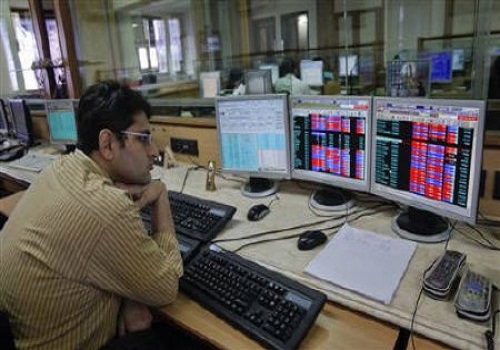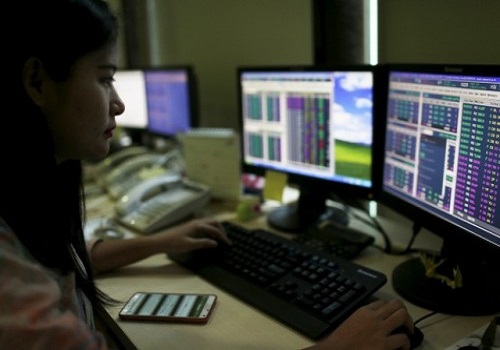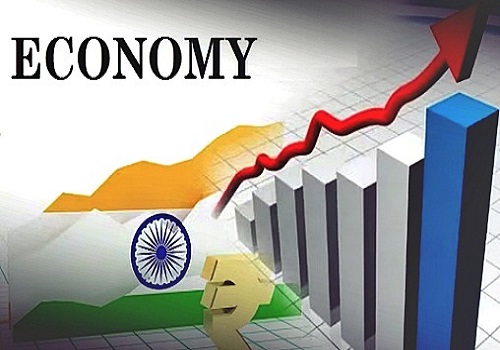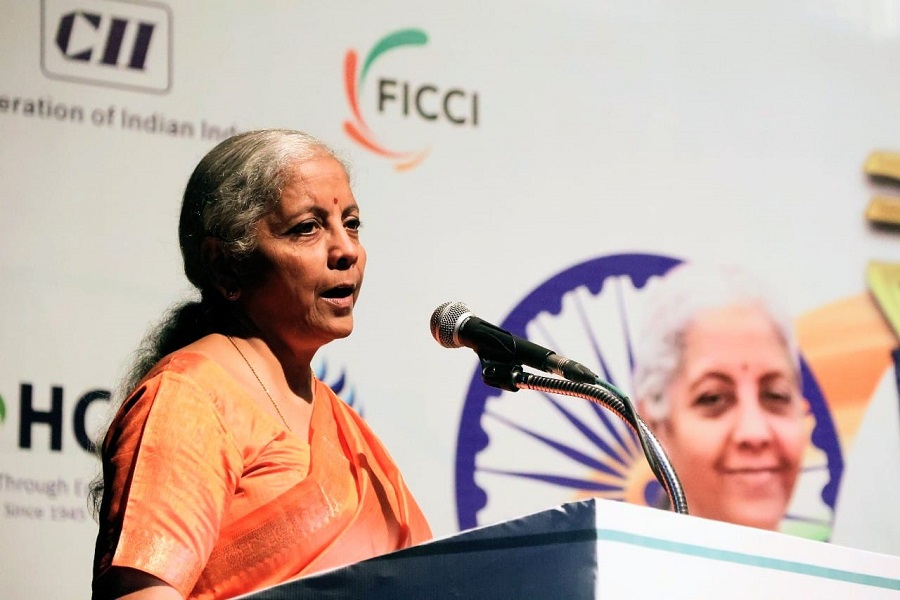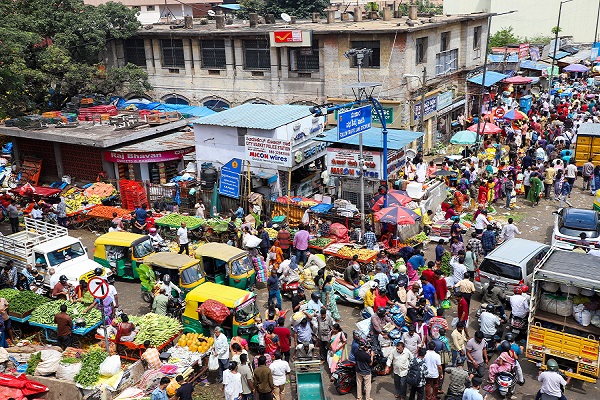IPCC report predicts 'major fall' in India's crop production
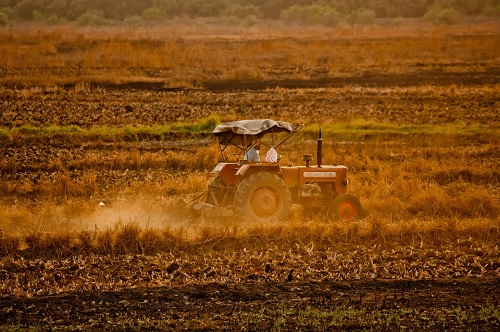
A UN report on Monday has predicted a major fall in crop production that can lead to price rise, food insecurity, threat to water security, and overall higher economic implication for India, which it said, has already suffered economically with lower GDP due to human-caused warming since 1991.
Stating that India is one of the countries that will be economically harmed the most by climate change, the report said that India's per capita GDP is already lower by 16 per cent than it would have been without human-caused warming since 1991. Add to it the fall in crop production, mainly rice and maize, in either case of high emissions or rapid cuts that can lead to economic disruptions.
These are the findings of the Intergovernmental Panel on Climate Change (IPCC) Sixth Assessment Report (AR6) Working Group II (WRG II) report - titled IPCC AR6 WGII 'Climate Change 2022: Impacts, Adaptation and Vulnerability'.
The report pointed out the range of impacts India is vulnerable to: heat stress, which can increase beyond the threshold of human survivability; impacts on food production due to climate change, which includes food crops, fisheries; compounding disasters; and disasters elsewhere that will impact international supply chains, markets, trade, and result in economic shocks.
Pointing out that India is among the places that will experience intolerable heat conditions due to rising emissions, the report refers to 'wet-bulb temperatures', a measure that combines heat and humidity, of 31 degrees Celsius, which is extremely dangerous for humans, while a value of 35 degrees Celsius is un-survivable for more than about six hours, even for fit and healthy adults resting in the shade.
"Even below these levels, heat can be deadly, especially for old or young people or those doing hard physical work."
Currently India rarely reaches 31 degrees Celsius threshold but in the future scenario of promised emissions cut, north India and the coastal areas may cross 31 degrees Celsius while it may exceed 35 degrees Celsius in case of higher emissions.
High temperatures and extreme weather events, such as droughts, extreme rainfall events, heatwaves, and floods, are damaging crops and will increasingly limit crop production if temperatures continue to rise. These factors, along with sea-level rise, will harm agriculture in India, which is considered by the IPCC WGII report as the most vulnerable country in terms of crop production.
Climate change and rising demand mean that about 40 per cent of people in India will live with water scarcity by 2050 compared with about 33 per cent now, according to a study cited by the report. Both the Ganges and Brahmaputra river basins will also see increased flooding as a result of climate change, particularly if warming passes 1.5 degrees Celsius.
"Rice, wheat, pulses, coarse and cereal yields could fall almost 9 per cent by 2050. In South India, maize production could decrease 17 per cent if emissions are high. These disruptions to crop production are expected to cause price spikes in India, threatening food affordability, food security and economic growth," the WGII report said.
"Across Asia, climate-induced L&D is already occurring, these Loss & Damages (L&Ds) are very likely to increase at higher warming levels," the report said and pointed out how measuring and attributing non-economic/intangible L&D remains a challenge.
The IPCC, a United Nations body solely dedicated to looking at the science behind climate change, released this major report on the impacts of the climate crisis and why it is imperative that we act now to address the growing risks later.
Earlier, in August 2021, the IPCC had released the report of the Working Group I while the Working Group III will be brought out in April 2021, followed by the Synthesis Report further in September 2022.







